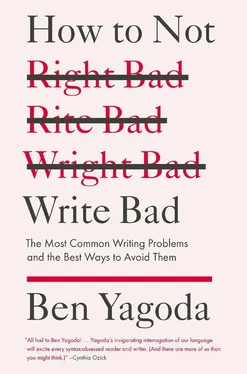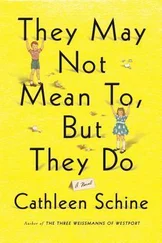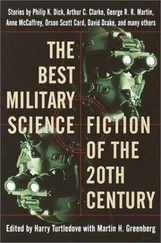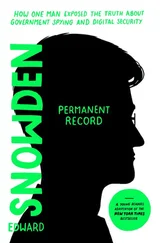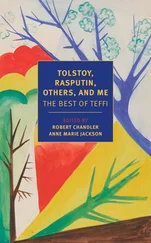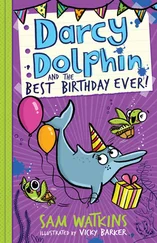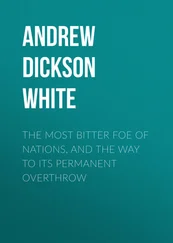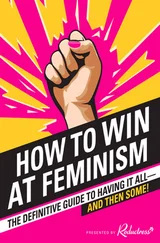In English, you have to move stuff. In the first three examples, the problem is the placement of the time (1 and 2) and place (3) elements. By shifting them around, I came up with:
Last week, I visited the house I grew up in.
Ashley put up a new garage door yesterday; she has to paint it by tonight.
Gannett is sponsoring a panel about blogging, to be held in the Perkins Auditorium.
In example 4, the trouble stems from breaking up a noun phrase, rarely a good idea:
Lincoln University has dropped a controversial three-year-old rule requiring students with a Body Mass Index of 30 or more to take an exercise class.
And in 5, the problem is confusion over which of two nouns— we or the film —belongs with the verb went.
We saw the Oscar-winning film, then went home.
Number 6 becomes a wily veteran, known for his wicked curveball, who was finishing a twenty-two-year career …Wait! I just found another misleading thing about the sentence! Blyleven played for five different teams, not just the Angels. So let’s make it… a wily veteran, known for his wicked curveball, who was pitching for the Angels, the last stop in his twenty-two-year career.
The last one I almost hate to fix, because it so brutally drains the humor out of a classic line, but that’s why they pay me the medium bucks. So apologies to Groucho, and here goes:
Last night, while I was wearing my pajamas, I shot an elephant.
6. WHAT IS THE WHAT? OR, THE TROUBLE WITH VAGUE PRONOUNS
a. Who He?
A mindful writer tracks his or her antecedents and tidies up the campsite to make sure there isn’t any ambiguity.
[ Raymond met Chris Bruce while he was attending the boot camp as YouDee in 1998. ]
I can’t correct it because I don’t know if Raymond or Chris was attending the camp as YouDee (which, or who, is the mascot of the University of Delaware). If R., then it could be, Raymond met Chris Bruce while attending the boot camp as YouDee . If C.B., then I would write, Raymond met Chris Bruce while Bruce was attending …
b. There Is/There Are
We all are fond of the expressions there is and there are because they come naturally and often seem to fit whatever bill needs fitting, but they lead to limp sentences. Following the logic of item III.C.2., if a sentence with a weak subject is bad, a sentence starting with There are is even worse — it doesn’t even have a subject.
Fortunately, a fix is usually pretty easy. A lot of the time, you just get rid of the There are and a relative pronoun ( who, that ), and voilà. For example, There are five poets who have given readings at the school this year becomes Five poets have given readings at the school this year.
My rule of thumb is that there-are constructions are okay if you can replace the is or are with exists or exist . E.g.: There are twenty-five three-star restaurants in Rome. Not only does that work, but trying to change it forces you to use verbs that come off as trying much too hard, e.g., Twenty-five three-star restaurants grace Rome or Rome is host to twenty-five three-star restaurants.
It takes just a little bit more work when, as is often the case, there is a blanket thrown over some unsightly vagueness.
[ In terms of this coming year for entering freshman there has been a question of difficulty of entry for out-of-state students. ]
Compared to last year, the Admissions Office selected a lower percentage of out-of-state applicants for admission in the fall.
[ Lieutenant Brian Henry explained that there are specific jurisdictional agreements associated with the Newark Police Department and campus police. ]
I can’t fix that one because I don’t know what the “specific jurisdictional agreements” are. And without knowing that, you cannot write a not-bad sentence on the subject.
c. It
The eighteenth-century English writer William Cobbett called it “the greatest troubler that I know of in language. It is so small, and so convenient, that few are careful enough in using it.” One of the troubles is ambiguity, as in these examples:
[ When it comes down to it, students enjoy spending a little time at home, with little being the key word. ]
Students enjoy spending a little time at home, with little being the key word.

[ While it seems like a good idea in theory, many students are concerned about the future possibility of not having a car on campus if it becomes too expensive. ]
Having a car on campus seems like a good idea in theory, but it often ends up being just too expensive.

[ In his speech about the first year of his administration, President Harker said it is no longer acceptable to go it alone. ]
In his speech, President Harker said the university could no longer afford to act alone.
Even when the meaning is clear, it spawns limp writing and wordiness.
[ It is hard to play the guitar as fast as Clapton. ]
Playing guitar as fast as Clapton is hard.

[ It is true that the Democrats lost many House seats in 2010, but it’s also true that they still control the Senate. ]
Although the Democrats lost many House seats in 2010, they still control the Senate.
d. This, That, and the Other
This is an indispensable word in movie titles (what would the Billy Crystal — Robert De Niro movie series do without it?) and in conversation, where, to me, it gives the impression of the speaker brandishing something held in his or her hands. However, most writing books recommend extreme caution when using this in print, especially naked. For the most part, I agree. In writing, you don’t have the use of your hands, and the word just sits there, often raising more questions than it resolves. A student wrote:
[ In 1827, following a furious debate in Parliament, in which each party made an eloquent case and the Prime Minister resigned, slavery was outlawed. This had an immediate effect on the country’s politics. ]
I circled the word This, drew a line to the margin, and wrote in big letters, “WHAT?” That is, was the writer referring to the debate, the cases made by the parties, the resignation, or the new law? My hunch is that she didn’t really know, and used this to mean, basically, “all the stuff I just said.” That is not not-bad writing.
Here’s a reliable tip. As in the previous sentence, that often comes off as a little more precise and forceful than this, so it can be slipped in without doing any damage. You didn’t hear it from me.
e. What
Starting a sentence or dependent clause with what is usually a form of throat clearing and ersatz suspense that really just creates wordiness and an unnecessary use of the verb to be. Moreover, what is singular, and so in cases where it stands for a plural (as in the first example below), awkward conjugation choices ensue.
[ What this university needs are is better professors. ]
This university needs better professors.
Читать дальше
